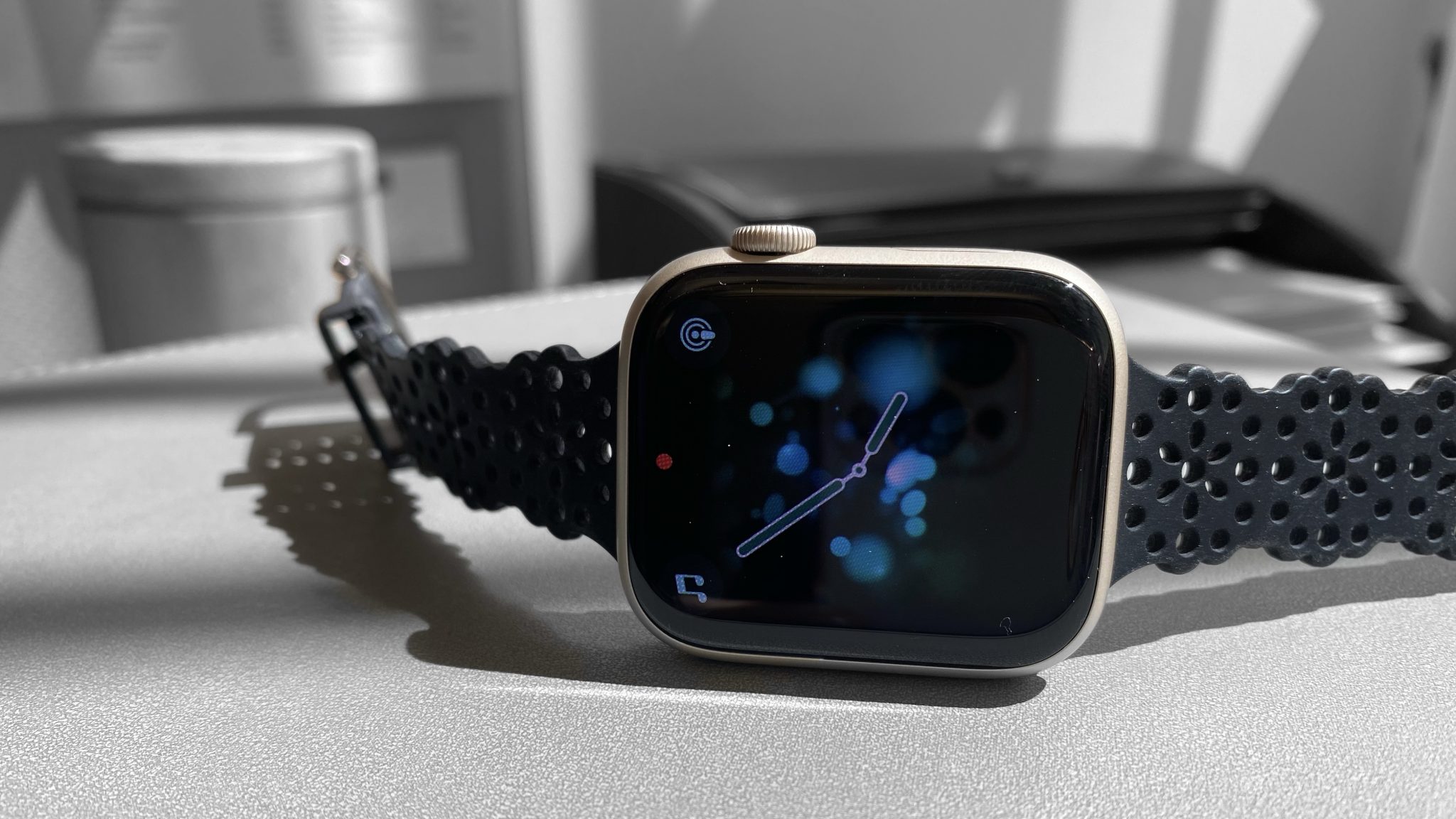Heart Attack Detection: Can a Smart Watch Save Your Life?

Wearable technologies for detecting heart attacks could be a game changer if research validates the concept.
Texas Heart Institute research scientist, Dr. Ke Li and a team of physician-scientists reviewed the status of wearable technology for solving one of the most well-known challenges in the detection and management of heart attack in “Using the Apple Watch to Record Multiple-Lead Electrocardiograms in Detecting Myocardial Infarction: Where Are We Now?”
About every 40 seconds, someone in the United States has a heart attack. Getting to a hospital within 1 to 3 hours after symptoms start can increase your chances of surviving a heart attack and reduce the possibility of developing severe complications.
Despite the importance of immediate treatment, delays between symptom onset and treatment are common. One reason for this delay may be that identifying the onset of a heart attack can be challenging. Although we associate chest pain with the onset of a heart attack, up to a third of people don’t have this symptom.
The Apple Watch series 4 may offer wearers help with this problem by providing the technology to self-record an electrocardiogram (ECG), which is the traditional first diagnostic step for confirming a heart attack.
State of ECGs and Research Today
A standard ECG uses 12 leads (electrodes) that are placed on various body surfaces to capture the electrical activity of the heart. That information gets transferred into a graph that physicians can use to determine if you are having a heart attack.
In small studies, the Apple Watch has reliably produced a 9-lead ECG by having the wearer perform multiple maneuvers to obtain a recording. The electrical signals are produced by the wearer placing the watch on various locations of the body while putting the index finger on the crown of the watch. Other signals are generated by placing the watch on the chest and touching the watch crown or by encircling the right wrist with the left hand.

Although findings from these small studies are promising, the use of the Apple Watch for obtaining an ECG for early detection of a heart attack requires further research in larger studies.
“These larger studies are needed to ensure that the Apple Watch can provide accurate results similar to those obtained with a standard 12-lead ECG in helping to identify or rule out a heart attack,” according to Emerson C. Perin, MD, PhD.
Future studies should aim to develop a procedure that involves only 3 to 4 recordings, which would minimize the time required for the ECG and the chance of making mistakes.
“The Apple Watch is not intended to replace the standard ECG. Rather, it is meant to be used as a self-check screening tool for people who have chest pains or other heart attack symptoms at home or in other environments, with the goal of decreasing the time to treatment and improving the outcome,” added Dr. Perin.
Read Article
A Ke Li, MD, Elgalad A, Cardoso, C, and Perin, E.C. Using the Apple Watch to Record Multiple-Lead Electrocardiograms in Detecting Myocardial Infarction: Where Are We Now?”, Tex Heart Inst J (2022) 49 (4): e227845. https://doi.org/10.14503/THIJ-22-7845
By Rebecca Bartow
Photo Credit: Keri Sprung

Related Story
Texas Heart Institute’s Medical director, Dr. Emerson Perin, recently shared his perspective with Protocol, “when combined with other sources of patient health information, wearable technologies could allow doctors to give patients tailored recommendations about how to reduce their risk and enjoy a healthier future.”
Protocol Braintrust
What should be the biggest change to wearables in the next five years?
Protocol‘s experts on the biggest questions in tech.
by Kevin McAllister
“Using the Apple Watch to Record Multiple-Lead Electrocardiograms in Detecting Myocardial Infarction: Where Are We Now is an independent publication and has not been authorized, sponsored, or otherwise approved by Apple Inc.
Apple Watch is a registered trademark of Apple Inc.




